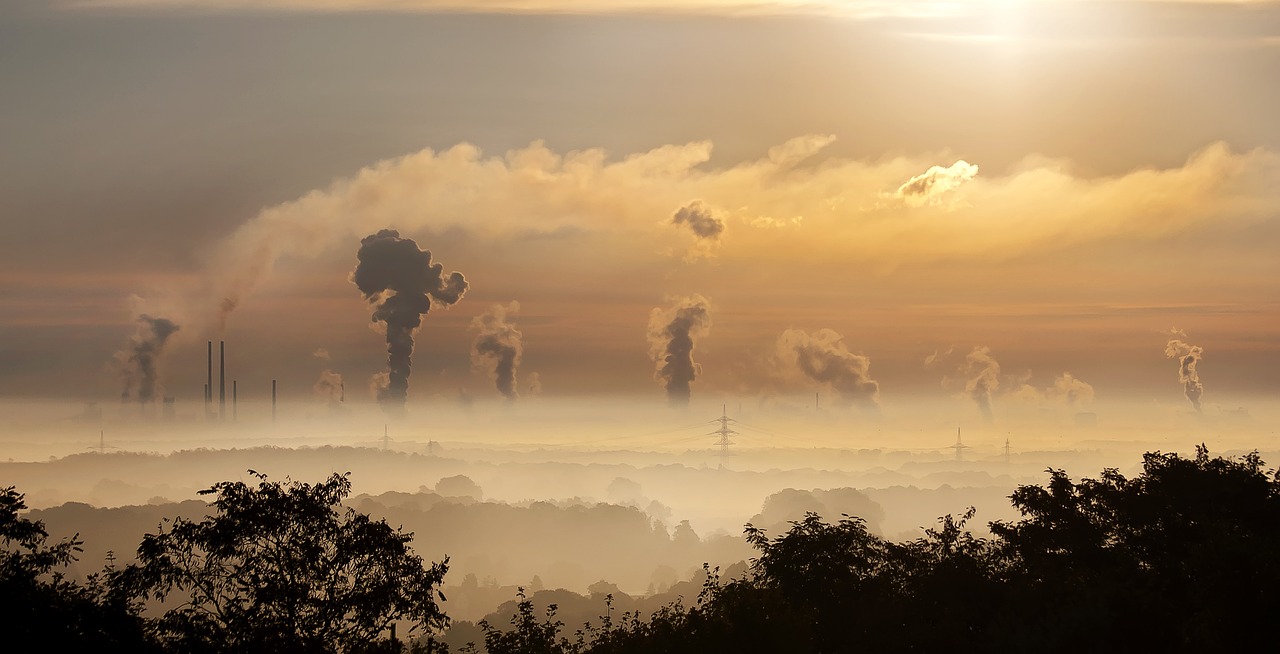- Most Infamous Terrorist Leaders in History - April 22, 2025
- From Bamboo to Billions: How Smugglers Exploit China’s Wildlife Trade - April 10, 2025
- Environmental Corruption in South America: Nature for Sale - April 10, 2025
The Hidden Dangers of Air Pollution
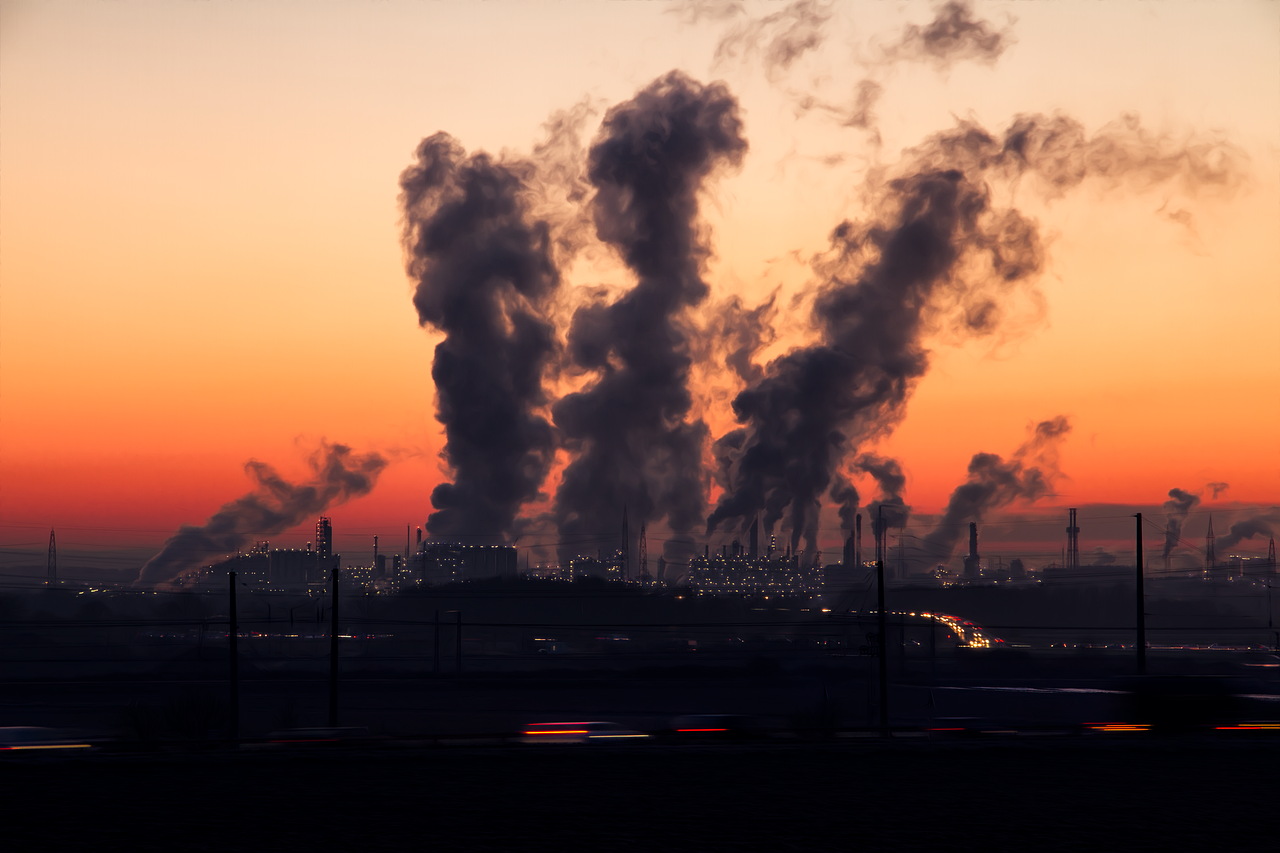
Air pollution is an invisible threat that quietly wreaks havoc on our health and environment. Unlike the immediate and visible impact of gun violence, the effects of air pollution are often insidious, accumulating over time and leading to devastating consequences. According to the World Health Organization (WHO), air pollution is responsible for approximately 7 million premature deaths annually. This staggering statistic highlights the severity of the issue, as it surpasses the death toll from violent crimes and gun-related incidents combined. The silent nature of this pollutant makes it a particularly dangerous adversary, lurking in the background of our daily lives without drawing attention to itself.
The Statistics Behind the Numbers

The numbers associated with air pollution are both shocking and enlightening. Recent studies indicate that air pollution contributes to various health issues, including respiratory diseases, cardiovascular problems, and even cancer. The American Lung Association reports that in the United States alone, air pollution leads to over 200,000 deaths annually. Globally, it is estimated that air pollution is the leading environmental risk factor for health, affecting over 90% of the world’s population. These statistics serve as a wake-up call, urging us to recognize the magnitude of the problem and take action to mitigate its impact.
Vulnerable Populations

Certain groups are more susceptible to the effects of air pollution, including children, the elderly, and individuals with pre-existing health conditions. Children are particularly at risk, as their lungs are still developing, and exposure to polluted air can lead to lifelong health issues. The Centers for Disease Control and Prevention (CDC) emphasizes the need for protective measures for these vulnerable populations. For instance, air quality alerts can help parents make informed decisions about outdoor activities for their children, while healthcare providers can offer guidance on minimizing exposure for those with respiratory conditions.
The Economic Impact of Air Pollution

The economic burden of air pollution is immense. The World Bank estimates that air pollution costs the global economy over $5 trillion each year in welfare costs. This includes healthcare expenses, lost labor productivity, and reduced quality of life. Addressing air pollution could not only save lives but also significantly boost economic growth. By investing in cleaner technologies and reducing emissions, countries can improve public health, increase productivity, and reduce healthcare costs, ultimately leading to a more prosperous and sustainable future.
Air Quality and Its Measurement
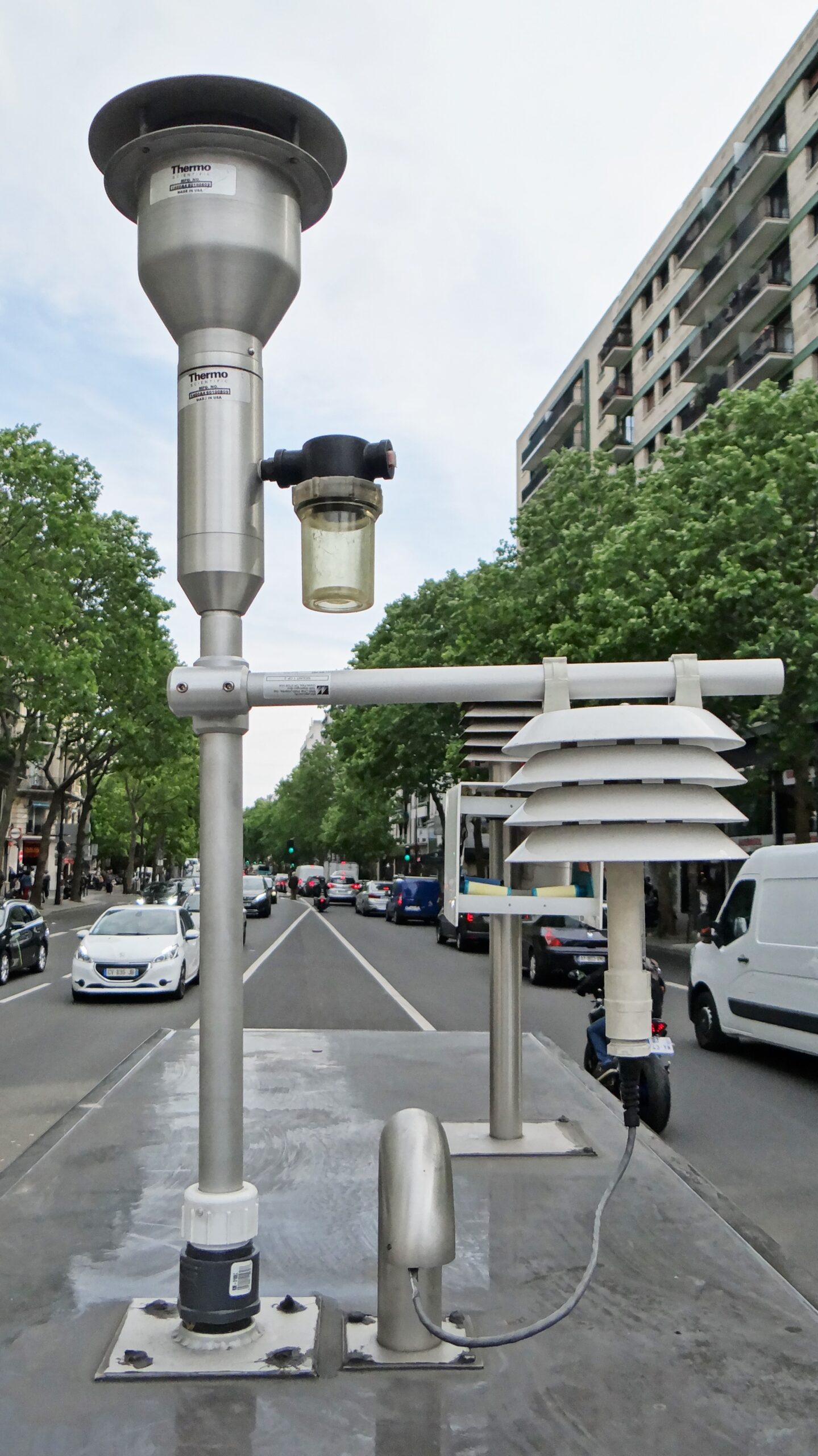
Air quality is measured using various indices, such as the Air Quality Index (AQI), which provides a snapshot of pollution levels. High AQI levels indicate unhealthy air, which can exacerbate health problems. Monitoring air quality is crucial for public health, and advancements in technology have made it easier to track pollution levels in real-time. For example, smartphone apps and websites now offer up-to-date air quality information, allowing individuals to make informed decisions about outdoor activities and take precautions when necessary.
Major Sources of Air Pollution
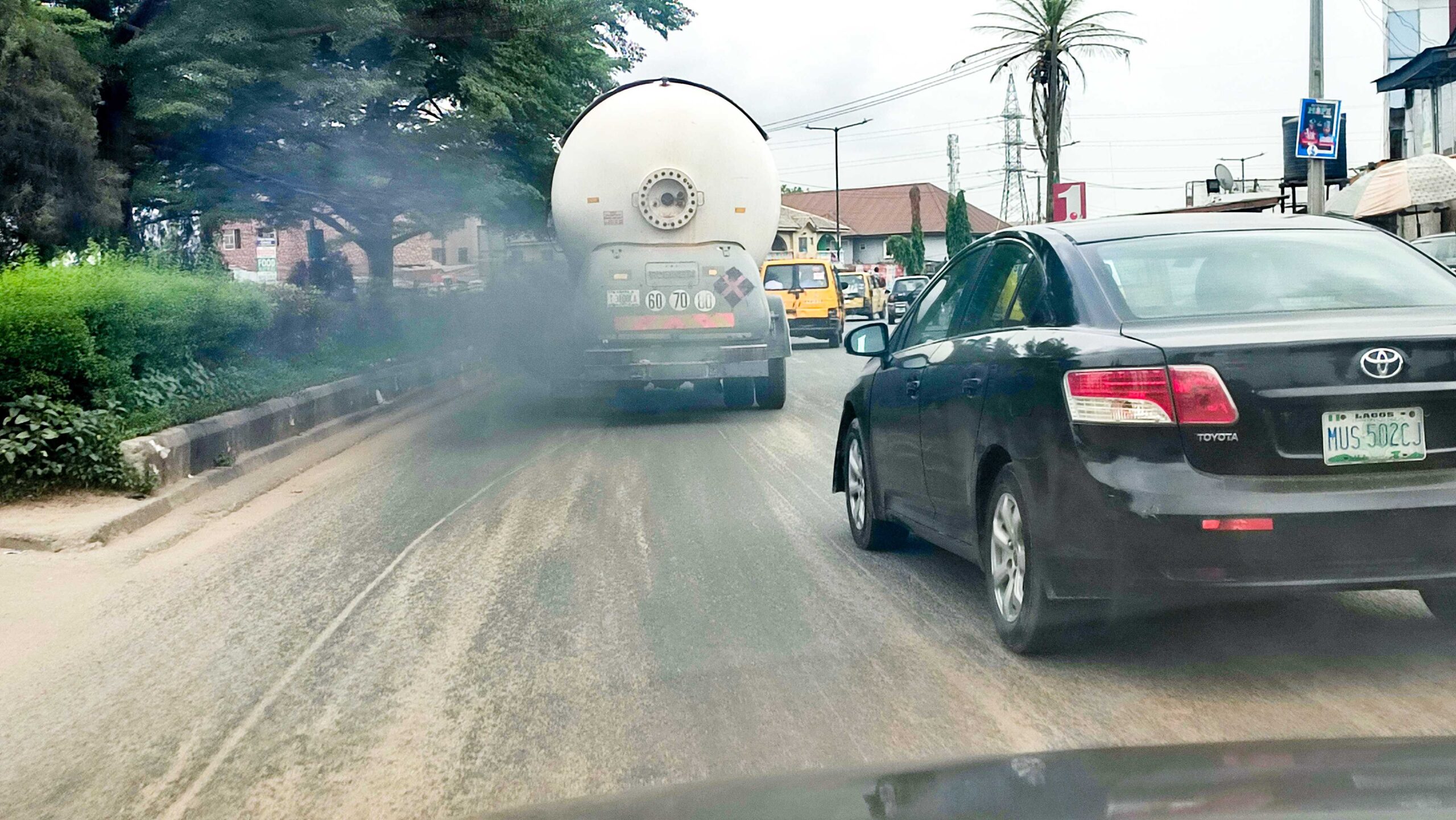
The primary sources of air pollution include vehicle emissions, industrial discharges, and burning fossil fuels. Urban areas are particularly affected due to high traffic and industrial activity. Transitioning to cleaner energy sources and implementing stricter regulations on emissions are essential steps in combating air pollution. For instance, cities can promote public transportation, invest in electric vehicle infrastructure, and encourage the use of renewable energy to reduce their carbon footprint and improve air quality.
The Role of Policy and Regulation
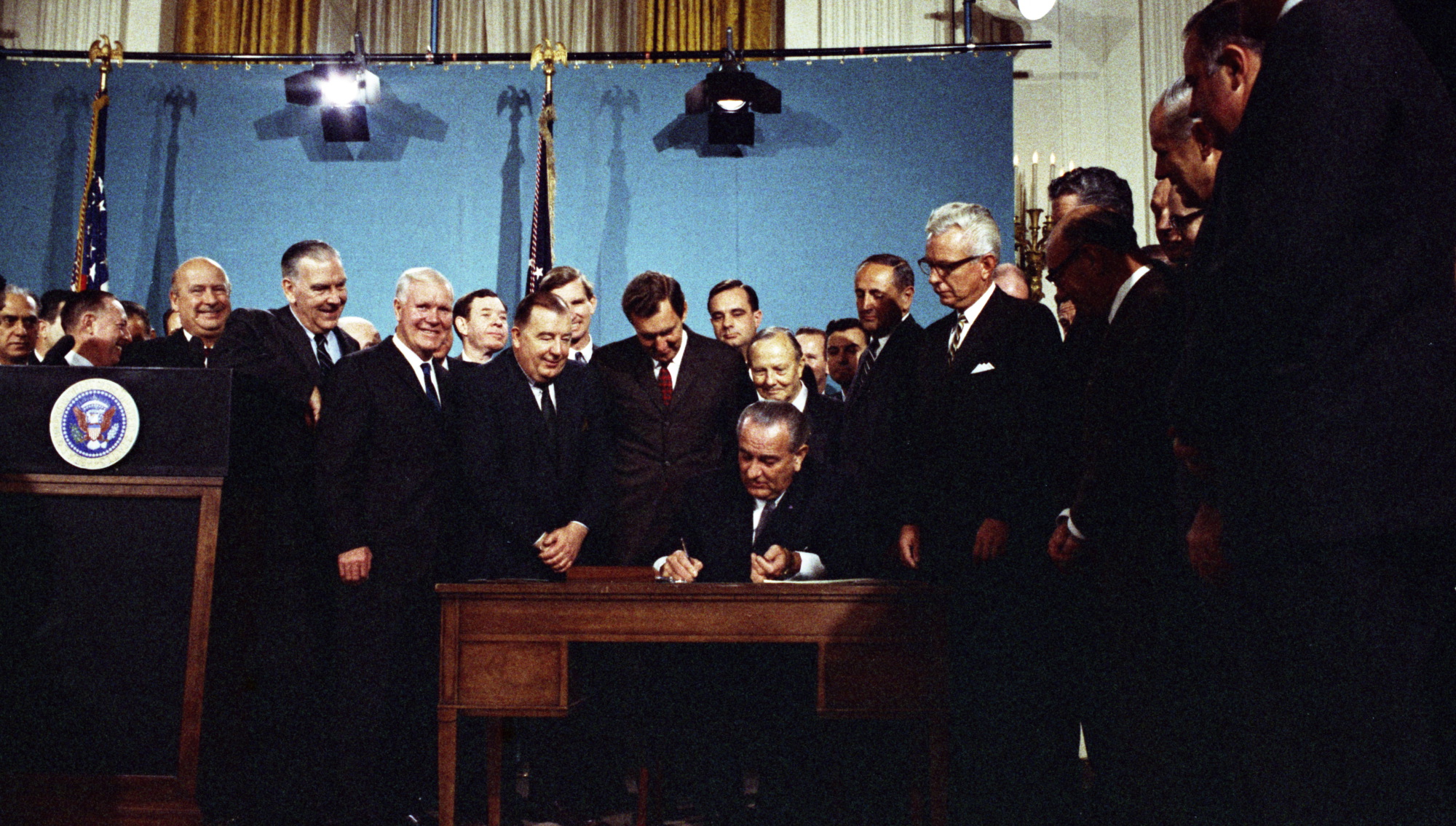
Governments play a crucial role in addressing air pollution through legislation and regulations. Policies such as the Clean Air Act in the United States have significantly improved air quality over the years. However, continuous efforts are needed to strengthen these regulations and ensure compliance to protect public health. By setting ambitious targets for emission reductions and holding industries accountable, governments can drive meaningful change and create a healthier environment for all.
Public Awareness and Education

Raising awareness about the dangers of air pollution is vital. Educational campaigns can inform the public about the health risks associated with poor air quality and encourage individuals to take action, such as reducing vehicle use and supporting clean energy initiatives. Community engagement is key to driving change, as informed citizens are more likely to advocate for policies and practices that prioritize clean air and environmental sustainability.
Innovations in Clean Technology

Advancements in clean technology offer promising solutions to reduce air pollution. Electric vehicles, renewable energy sources, and pollution control technologies can significantly lower emissions. Investing in these innovations is essential for creating a sustainable future and improving air quality. For example, solar panels and wind turbines provide clean, renewable energy, while electric cars reduce reliance on fossil fuels, paving the way for a cleaner, greener world.
The Path Forward: Solutions and Actions

To combat air pollution effectively, a multi-faceted approach is necessary. This includes stricter regulations, public education, investment in clean technology, and community engagement. By working together, we can address this silent crime and protect the health of current and future generations. Collaborative efforts between governments, businesses, and individuals are crucial to reducing emissions, improving air quality, and ensuring a healthier, more sustainable world for all.


